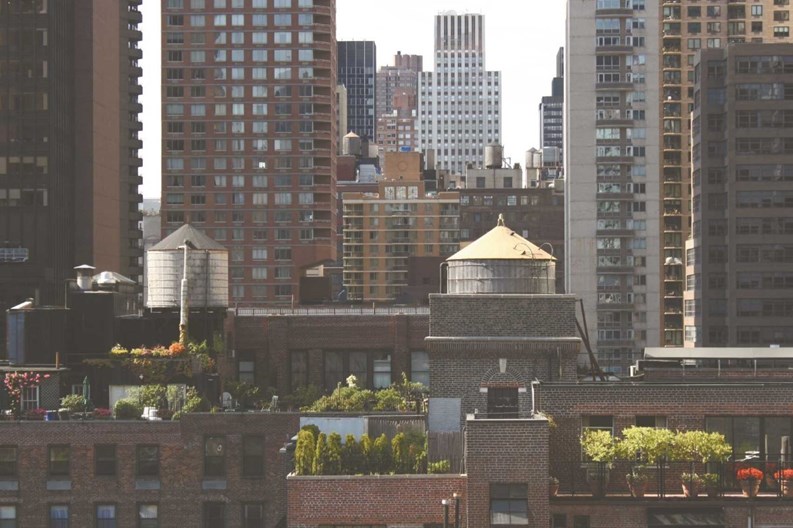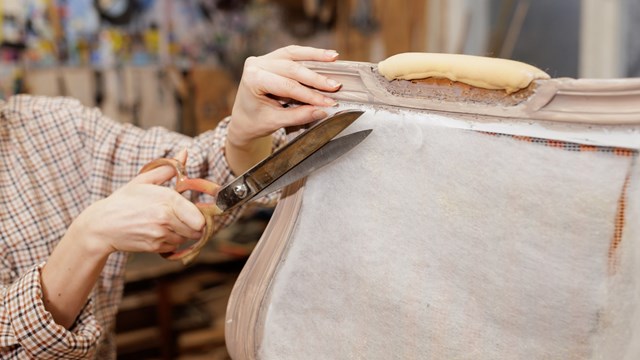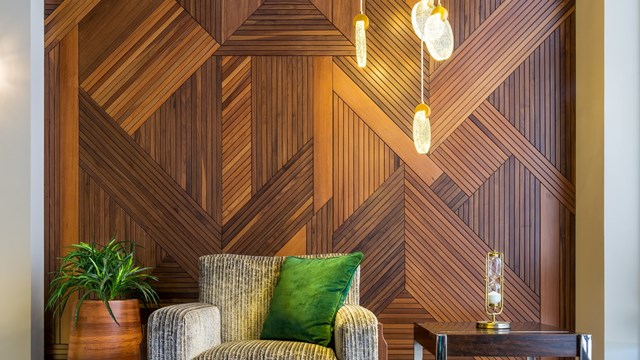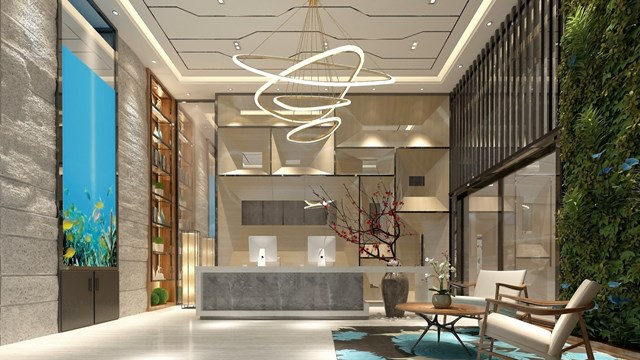Whether you live in a towering mid-block high-rise or a sprawling suburban development, landscaping not only helps a co-op, condo or HOA increase and retain property values, but has a positive impact on residents themselves—beautiful, functional green spaces and plantings increase pride of ownership, influence morale, and just generally make a place more pleasant to be in for owners and visitors alike. And unless there happens to be a master gardener or landscape architect on a building board or grounds committee, chances are that the community's administrators will have to call upon a professional landscape specialist to help make the most of their building's potential.
Before You Make The Call
So you’ve decided to get the help of a landscape professional….what now? There are some things that you can get in order before you make that call for help, things that will make the process much easier and more likely to yield the desired result.
One thing I always ask clients to think about is developing a collection of images of landscapes, says Lauren Barry, owner and principal designer with Project Plant in Brooklyn. “A set of photos or clippings of what the client likes or doesn’t like. It’s extremely helpful to know what kind of style the client prefers or would rather avoid, and it can save a lot of time up front in the process.”
Committees can save time by having several questions answered in advance, says Joe Costanzo, president of C & C Landscape Contractors, also based in Brooklyn: “A list of goals, what the space is gonna be used for, whether security is an issue, aesthetics, and the type of plant material they community would like to use.”
Doing some basic research about local landscapes will also be helpful to everyone involved, continues Costanzo. “The more knowledgeable the committee is, the easier the process will be. Also, having a general budget number in mind is extremely important.”
Perspective
One thing that a professional will bring to any landscape job, is the ability to view the project from an objective point of view. Often, people get caught up the in the emotional aspects of landscape, with private wants and needs, instead of viewing the project from the point of view of the community.
There are a few basic things to address at the outset of each project, things that may not be obvious to the casual observer. A good landscape professional can help guide you through these questions and concerns to make sure that your landscape is not only beautiful, but safe, and will have longevity.
“We have a list of questions that need to be answered during that first consultation, “ says Todd Nappi, owner of New York Plantings. “What kind of building is it? Is there a doorman? What is the precise location? Where will we bring material in? Are there working hours or restrictions?” All of these things come in to play when working in urban environments like New York City.
“We also look at the scope of the project,” continues Nappi, “whether there is an existing garden….will we be building, or just adding pre-fabbed materials?”
Then there are questions of program and design: “How do they want to use the space?” says Nappi. “We need to make sure not to obscure the views, unless privacy is something that the client wants. We can also provide depth with the layered use of evergreens and other plantings, if the clients want to have more of a lush garden feel but the area is constricted by space.”
“We also need to be aware of what permissions will we need, what are we allowed to do on the site,” continues Nappi. “This varies by neighborhood and sometimes by block, so it is very helpful if the client or committee is aware of restrictions or permits required.”
Working with Small Spaces
One of the great opportunities, as well as one of the great challenges of working in an urban environment like New York, is the idiosyncratic outdoor spaces that are found nestled between buildings of different eras, shapes, and heights. There are several techniques that designers can use to make the most of limited areas.
“When working small space, your base plans can be smaller,” says Barry, “but you can get away with using a couple of large accents for impact. Material choices also become more noticeable, such as the juxtaposition of wood against stone.”
“You can limit the size of planting beds to keep occupyable space at a maximum,” adds Costanzo.
“We try to maximize corners and unused spaces to put in larger trees, for example,” says Nappi.
There are other techniques we use to maximize the utility of space, continues Nappi: “You can incorporate storage into seating, you can cover utilities with planter boxes, and add seating to the edges of planter boxes. We also incorporate lighting into planter boxes… Instead of a playhouse we can just raise an area that will be used for children’s play.”
Dealing with Your Budget
“The biggest issue that comes up is that people don’t seem to realize how much things cost in urban landscape situations,” says Barry. “I often see people blow their budgets on interior renovations and don’t leave anything for the landscape. It either gets left out or is just minimized.”
“They budget enough for plants but not for labor,” continues Barry. “I don’t think people realize how much it costs to take things in and out of their houses or apartments, and often in urban situations, that is the only means of access to exterior spaces.”
“Some projects if they are large need to bear in mind that there will be costs that involve things other than plants,” adds Costanzo, “like irrigation, lighting, hardscaping, and other labor needs.”
Managing Expectations
If the scope of the project exceeds the budget or limitations of the space, Barry recommends implementing the design in phases. “The budget they had in mind may only get them as far as getting the right site drainage for the first year. But that doesn’t mean that they can’t come back in later years, or months, and fill out the design with hardscape, plants, and accessories.”
That’s when we have to employ our old friend, value engineering, says Costanzo. “You take the project and start cutting costs by using less expensive materials, or reducing quantities… anything to bring down expenses.”
That’s when it’s time for tough questions, adds Nappi: “What is the most important thing here? What can we do without? Is there another style that might be cheaper or easier?”
Especially if the home is for sale, a smaller effort can make a big difference, says Barry. “Even if you don’t do an overhaul of the landscape, just cleaning it up or adding a seating area can dramatically increase the curb appeal of any home.”
Property Values
One way to consider the expense of landscaping is to remember that it is a major investment in the value of the home or community, says Costanzo. “First impression is a lasting impression. Especially if a property or unit is for sale. The landscape is the first thing a prospective buyer will see. The percentage I hear most is an increase of around 10% of the value of the property, for a renovated landscape.”
Nappi agrees: “It helps potential purchasers to envision how the space can be used. There is also an emotional element to a developed landscape: memories, ideals, and the like all come into play when you view a finished, or developed landscape.”
Denton Tarver is a freelance writer and a frequent contributor to The Cooperator.







Leave a Comment